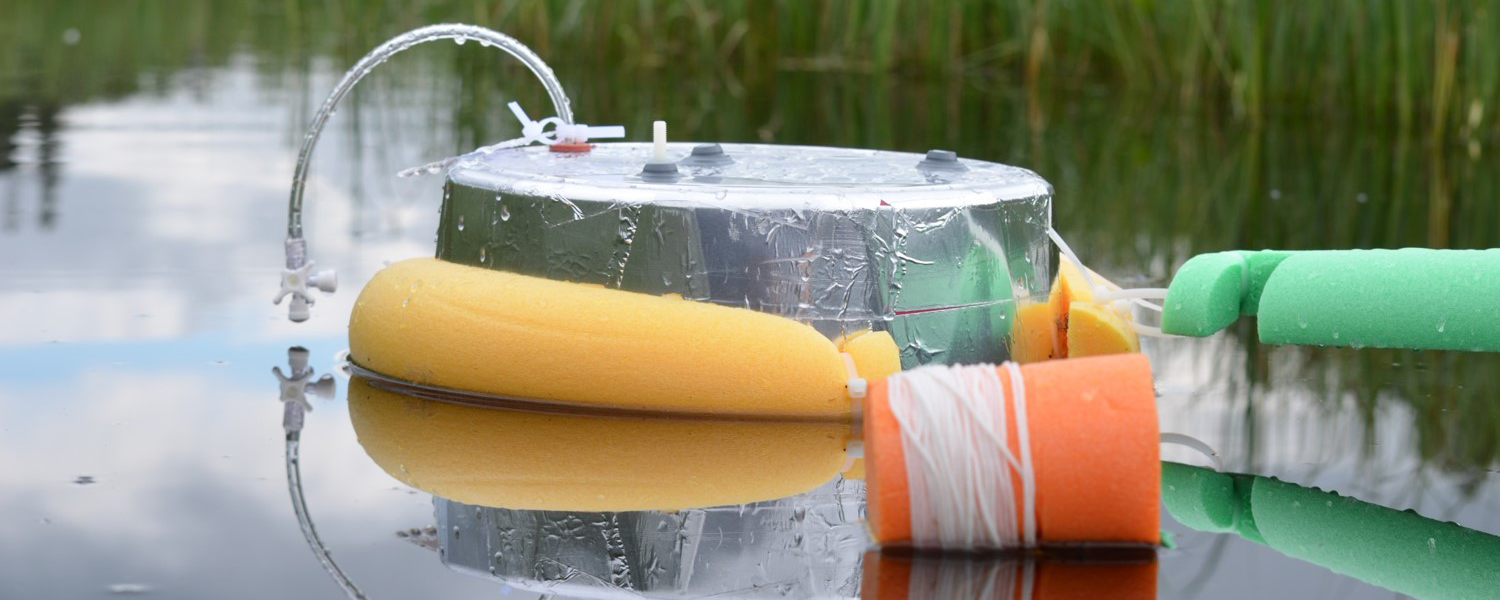Environmental objectives are often detected at large scales while the local processes creating the problems are too expensive to map by measurements. The environmental objective Reduced Climate Impact is such an example, being described from global or regional measurements at the same time as mitigation efforts need to have local targets. It would be desirable to optimize local processes or activities to minimize greenhouse gas (GHG, including carbon dioxide, methane and nitrous oxide) emissions while minimizing negative impacts on other goals. Unfortunately it is presently too expensive to measure GHGs locally and mitigation efforts are blind and cannot be evaluated. The will to invest in GHG mitigation measures with unknown efficiency is obviously limited and the lack of affordable GHG measurement capacity is thereby hampering progress.
In this project we will develop small, low-power, and cost-efficient GHG sensors for all three mentioned GHGs, for use in sensor networks in all types of environments, to e.g. map sources and sinks in space and time, allow process and activity optimization, and evaluated mitigation efforts.
A collaboration between SenseAir, NEP-Norrtelje Elektronikpartner, and Dept. of Thematic Studies – Environmental Change, Linköping University, Sweden, with funding from VINNOVA


